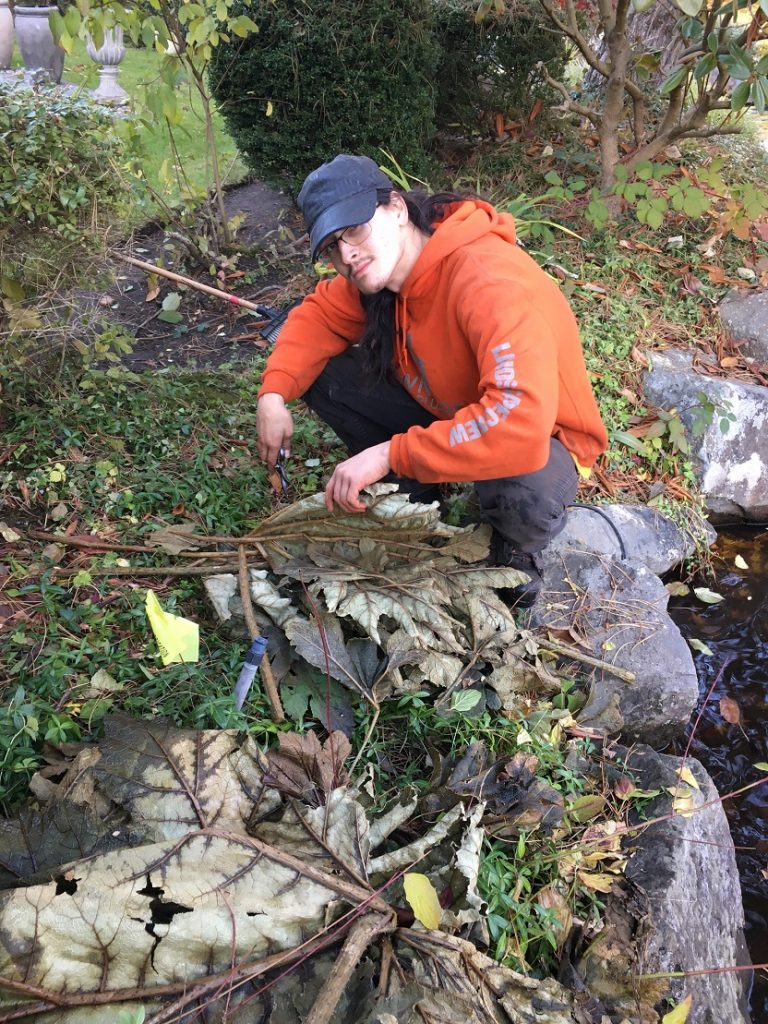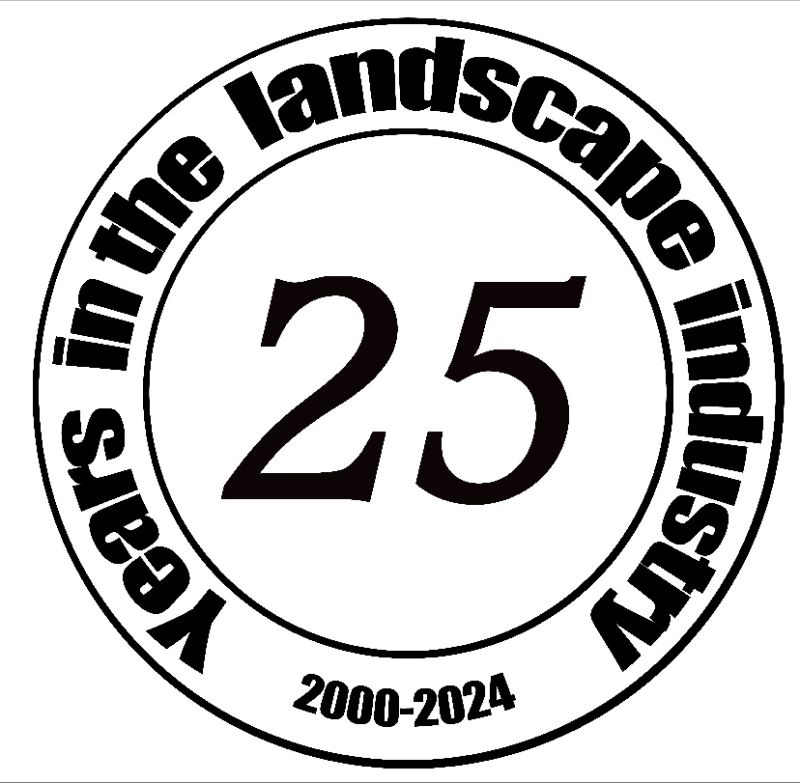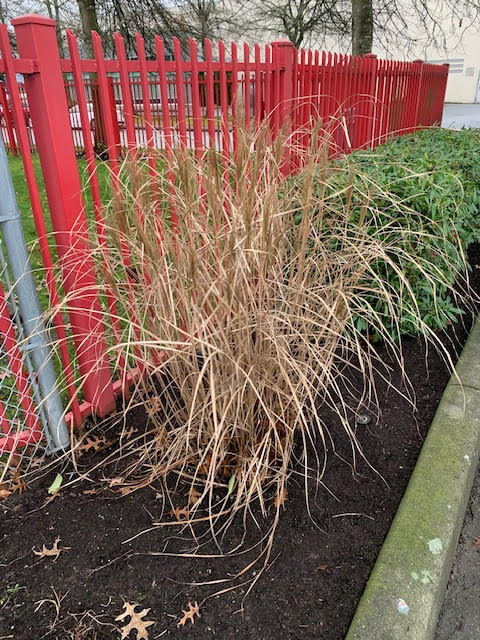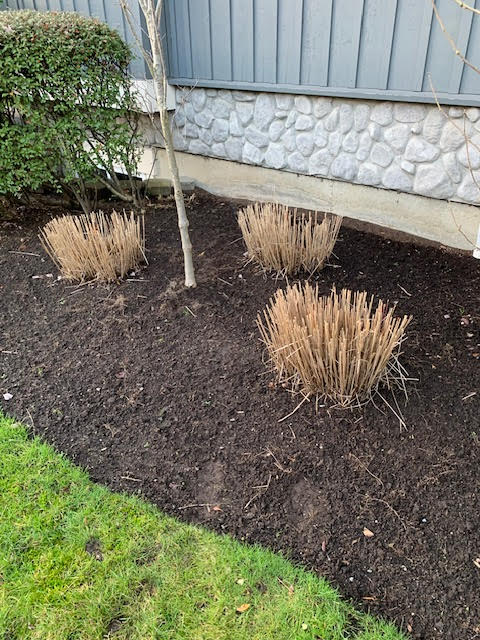Bad start
Renkl and I got off to a bad start after she destroyed backpack blowers in her writing. When I read her work I dismissed her as cranky southern USA witch. My landscaping work relies on blowers, especially in the fall. But more on blowers later: yes, you guessed it, she mentions them in her latest book, “The Comfort of Crows“.

I listened to this book on Audible while working in the landscape and it runs for 7 hours and 47 minutes. One bonus was hearing Renkl’s southern voice for the first time.
I stand corrected
I stand corrected. Renkl is a good writer worth following, especially if you like nature; and I found out that we even have some things in common. Who knew? Renkl doesn’t like foraging in the woods and I share her reluctance to try new berries, fruits and mushrooms without proper identification. I’ve read “Into the wild” so I know what can happen when you eat the wrong thing.
The Comfort of Crows
Renkl writes about what happened in her backyard in one year. She covers plants and animals and also people. You will learn new things if you listen or read carefully. She knows how to pay attention.
And she’s right about blowers: there is no reason for homeowners to own one. You can rake and sweep things in your garden. And the technology is getting better. Soon we’ll have quiet blowers with power that don’t idle or pollute. Just hold on Mrs. Renkl.
Stolen summary
Now, I’m not a professional reviewer, obviously. I read a green book and tell you how it was. So allow me to borrow a professional reviewer’s quote: pay attention! That’s Renkl’s message. We can’t individually do much about global warming and the disappearance of plant and animal species. But we can pay attention to what happens in our backyard.
If you enjoy reading about nature, you will like Renkl’s new book. I enjoyed the audiobook.














